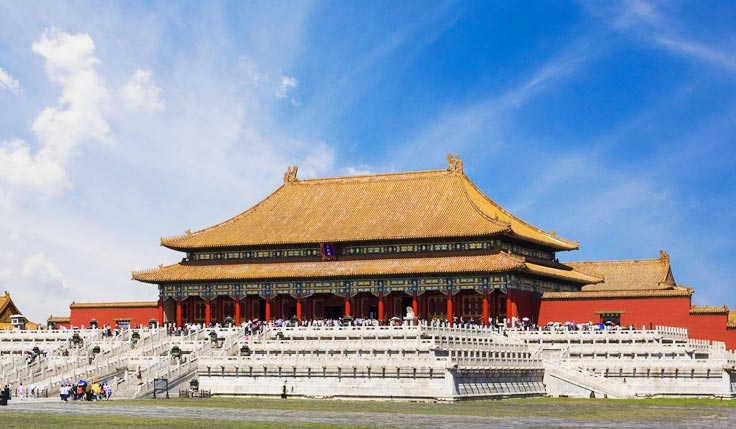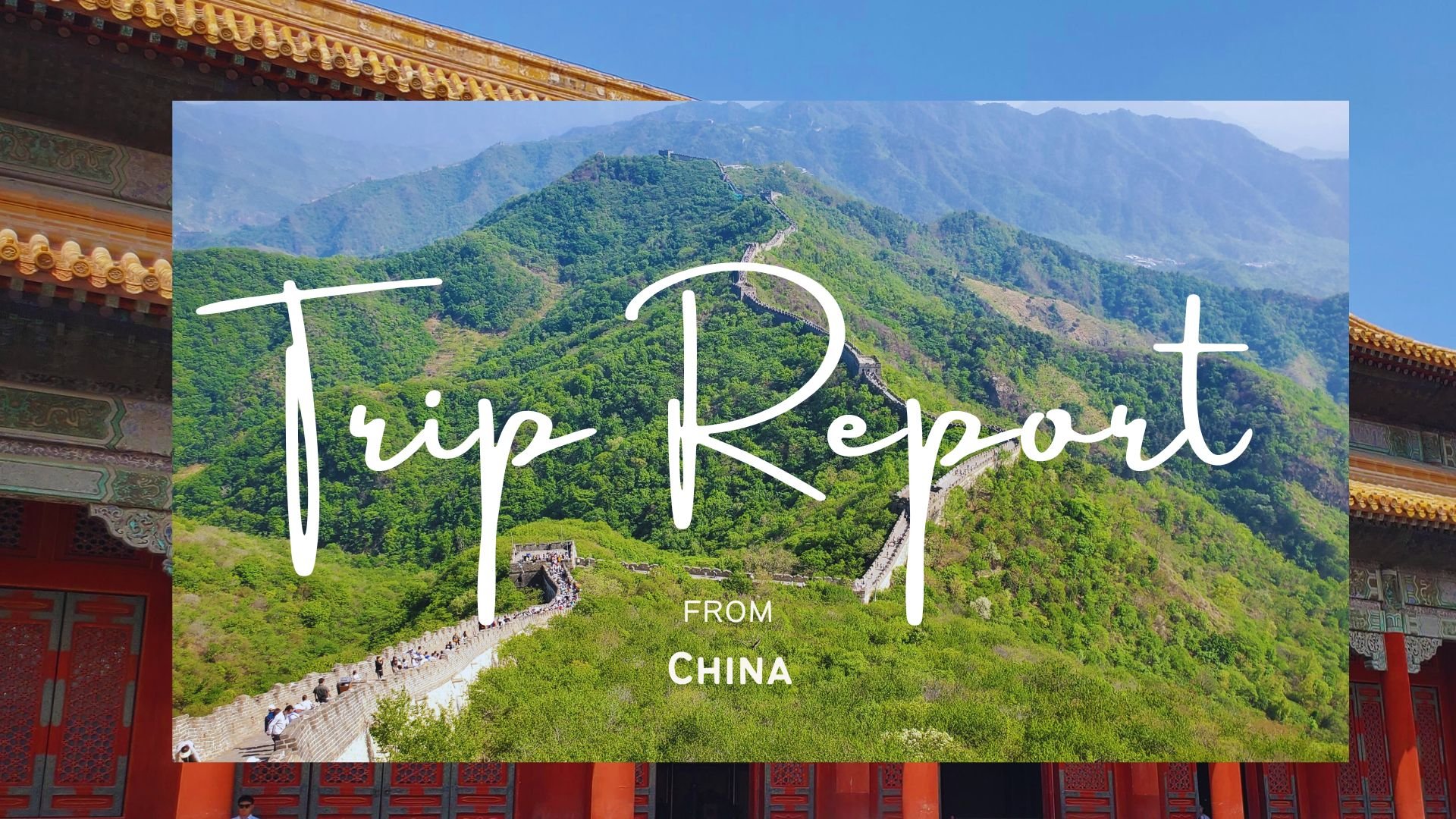20 Handy Reasons To Discover the Tastes of China Cities
Wiki Article
Top 10 Tips To Shopping For Regional Specialties In China
1. Research before you goTip Learn about what each area is famous for. Suzhou is one example. It is renowned for its silk. Jingdezhen is famous for its porcelain, and Tibet, because of its thangkas.
Pro: It enables you to focus your shopping time and avoids time wastage.
Cons: It requires preparation and familiarity with local highlights.
2. It is possible to ensure authenticity by buying local
To ensure authenticity, purchase directly from their origin to ensure the high-quality of your items.
Pros: Lowers the chance that copyright products could be sold, and helps local artists.
Cons The cons are that travel to rural areas or less popular regions could be necessary.
3. Explore the Artisans' Workshops or visit an artist
Choose small workshops or artisan hubs over the usual shops.
Pro: Gives you a better understanding of craft and guarantees that you're purchasing directly from creators.
Con: The price for handcrafted items is higher and it isn't easy to bargain.
4. The cultural significance of language
Tip: Learn the cultural background of items such as jade carvings, cloisonne or calligraphy scrolls.
Pro: It makes you appreciate the products and give them a deeper meaning.
Con: It could take some time to understand cultural nuances.
5. Check Quality With Care
You can determine the quality of products by looking at them such as tea, ceramics, embroidery or tea.
Pro: It will keep you from disappointment as you'll get exactly what you spend.
Cons: Some knowledge is needed to distinguish the best quality goods.
6. Beware of products that are mass-produced
Pick unique items that are hand-crafted instead of mass-produced copies.
Pro: You will take home something truly valuable and special.
Con The truth is that genuine craftsmanship is typically more expensive and difficult to locate.
7. Compare Prices
Visit multiple stores to compare the prices for the item you are looking for.
Pro: It helps you find reasonable rates and prevents you from being overcharged.
Con: It can be time-consuming especially for large markets.
8. Buy Tea from trusted vendors
Tip For those who live located in an area such as Hangzhou, Fujian or Longjing Tea (Dragon Well), or Tieguanyin Tea, make sure to go to tea establishments that offer these teas.
Pro: Assures authentic and top quality.
Con: Quality tea is expensive and can be hard to verify for those who are new.
9. Local Customs
Tip: Some sellers may expect or even encourage you to bargain.
It adds a nice cultural aspect for your shopping.
Con: A lack of understanding of rules can lead to awkward interactions.
10. Pack judiciously
Think about how you plan to carry your delicate or bulky regional products such as silk and ceramics.
Pro: Reduces the risk of damages to your products and makes sure they arrive safely.
Con: Adds logistical challenges and costs that could be associated with shipping.
Advantages of shopping for local Specialties
Unique Souvenirs - Regional products are distinctive and cannot be found in any other place.
Cultural Immersion. By buying local specialties, you are able to connect with the area’s heritage and craft.
Direct purchases by artisans aid local economies.
Pros and Cons of Shopping Regional Specialties
Security concerns regarding authenticity: risk of purchasing imitations or versions of inferior quality.
Transporting fragile and heavy items could be a problem.
Genuine regional goods, particularly handmade ones, can be expensive.
If you follow these guidelines, you can shop confidently for local specialties, making sure you make memorable and meaningful purchases from your trip to China. Read the best uncover the history of this landmark for blog recommendations including wuxi a shining pearl of taihu lake, the color of dress in china, shenzhen golf club, litchi park, tours for the disabled, kweichow moutai the best and most famous liquor in china, the master of nets garden the hall of ten thousand books, guilin travel tips, hua diao the most famous shaoxing yellow wine, the master of nets garden the hall of ten thousand books and more.

Top 10 Tips For The Best Time To Visit Famous Temples In China
1. Go during off-seasons generally from November through January. There are fewer tourists and it is cooler.
Pro A less crowded experience, resulting in an unhurried and peaceful experience.
Con: The weather could be colder than usual, making temple tours in the outdoors less enjoyable.
2. Be prepared for extreme weather
Tip: Temperatures are susceptible to extreme variations in the different seasons. The temperatures can vary greatly across seasons. Check the weather and prepare accordingly.
Pros: Your stay will be comfortable and enjoyable because you'll be ready to deal with any weather.
It can be a hassle, particularly if you are travelling with a light.
3. Visits in Spring and the Summertime to view Vibrant Flora
TIP: Visit temples in the early days of spring, and also in summer. This is the time when you can see gorgeous gardens, beautiful landscapes, and flowers all around.
Beautiful scenery enhances the experience of visiting the temple grounds.
Con summers can be very hot and crowded during holidays, especially those that are national.
4. Consider Festivals, Special Events and other activities
Make sure to plan your trip around events like the Mid-Autumn Festival or Chinese New Year. These festivals permit you to participate in the rituals, celebrations and be a part of the lively tradition of the temple.
Pro Temples are usually vibrant and full of traditional events, offering a unique experience.
Con: During the festival season temples may become very busy and accommodation costs may rise.
5. Beware of Peak Holiday Seasons
Avoid visiting during the peak tourist seasons (e.g. Chinese New Year or Golden Week in October), when temples are overcrowded both with international and local tourists.
Pro: Less crowding and more tranquil visits. A spiritual experience.
Con: You could be missing out on some of the festival's special events that take place during peak times.
6. Check for Temple Closures in the winter months.
It is important to determine if the temples you plan to visit are open or closed in the winter months. This is particularly true when you live in more remote regions or areas. It is best to verify in advance.
Benefits: Avoids unnecessary trips and allows you to schedule other activities ahead of time.
Cons: There could be reduced hours of operation or temples completely closed during reconstructions.
7. Early Morning Visits in Summer
TIP: If you plan to visit during summer, be sure to start early in the morning to avoid the intense midday heat. Temples are usually open from dawn, and at this time is peaceful with fewer visitors.
The cooler temperatures as well as the absence of crowds create a more peaceful experience.
Con: Requires an early morning, which may not be suitable for all.
8. Be prepared for rain in the summer.
Tipp: Heavy rains are common in the summer, especially in southern China. Pack an umbrella or rain gear if travelling during this period.
Pro: You can still admire the beauty of the temple when it rains.
Con: Rain could cause disruption to outdoor activities or leave the grounds of temples slippery.
9. Visit Mountain Temples during Autumn
Tip: Visit temples in mountainous areas like Mount Wutai (or Mount Emei), during autumn. The temperature is cool and the fall foliage makes an amazing scene.
Pros It is that the cool temperatures allow to enjoy more comfort while walking or hiking while you take in stunning views.
Con The mountain temples that are popular can still attract crowds, particularly on holidays and weekends.
10. Take into consideration the Lunar Calendar when planning specific occasions
Tips: A lot of temples in China adhere to the lunar calendar and some rituals or events are associated with specific lunar dates. It is important to check the calendar to be able to attend important events, such as the Lantern Festival, Buddha’s Birthday or other temple ceremonies.
Pros: Experience distinct cultural practices and gain deeper insights into local spiritual traditions.
Cons: It can take extra planning time and research to match your travel dates to the lunar calendar.
Benefits of the experience of visiting Chinese temples during the Chinese season
There are fewer crowds. Off-season travel is peace and tranquil travel experience.
Cultural Events: The festival events provide a deeper understanding of the local religion and culture customs.
Beautiful scenery: A visit either in the spring or autumn months offer stunning scenery with lively gardens that surround temples.
The weather is more chilly in winter and autumn.
Cons of Seasonal Chinese Temple Visits
Unpredictable weather : winter can be cold while summer could be too hot, which can affect your comfort.
Temple Closures: Certain temples might be closed for a limited time or closed during the off-season or extreme weather months.
The Temple can be crowded The Temple Can Get Crowded: Holidays and festivals that are well-known can draw large crowds. This could make difficult to enjoy the tranquility of the temple.
Limited Activities: If visiting outside the season, some special events during the season may not be held.
Pick the best time for visiting China's most well-known temples and plan accordingly. This will ensure that you will have a memorable trip. Understanding the seasonal changes is essential in maximizing the enjoyment of your excursion. See the most popular explore this top-rated location for website examples including chaka salt lake, eating in dunhuang, chinese festival cuisine, chinese stone lion the common ornament in chinese traditional architecture, shopping in kashgar, shopping in xi an, top three buddhist temples in chengdu, shopping in harbin, four great classical novels.html, eating in guiyang and more.
